As a job seeker, it seems rather abstract to think of yourself as a ‘product,’ but in fact, much like a brand of peanut butter, an automobile or a type of orange juice, as the job seeker ‘product’ you too are trying to satisfy the desires and requirements of a specific target audience. And in the employment marketplace, your target audience also has a lot of choices to consider.
 In the job seeking marketplace, you must compete strategically to persuade and influence your audience’s perception of what you have to offer so that you will get the upper hand in the interview and ultimately, the job offer.
In the job seeking marketplace, you must compete strategically to persuade and influence your audience’s perception of what you have to offer so that you will get the upper hand in the interview and ultimately, the job offer.
So it is important to consider the ‘brand’ of your product.
One of the most common strategies in successful branding is to develop a believable brand promise that creates a positive perception about a product in the eyes of the targeted audience the product seeks to influence. As a job seeker, you must develop a strong, consistent and believable brand promise about what your ‘product’ has to offer in terms of skills, talents, experiences, accomplishments and, of course, how these things differentiate you from your competition.
As a ‘product’ in the employment marketplace, we have the power to create our own brand promise and influence the perception of a targeted audience – in the job seeker’s case, the audience being a potential employer.
The successful brand will trigger a response from the targeted audience, which will initiate a call back for an interview and ultimately, if the job seekers is successful in demonstrating the relevance of their brand promise to the position they are applying, a job offer.
 The resume, the cover letter and the interview are the three most common touch point opportunities a job seeker has to influence an employer’s perception and opinion. The job seeker wants to persuade the employer that s/he matches the requirements of the job posting in every way – from the experience, the talents, the qualifications, the skills and expertise; and prove added value to the company and to the department.
The resume, the cover letter and the interview are the three most common touch point opportunities a job seeker has to influence an employer’s perception and opinion. The job seeker wants to persuade the employer that s/he matches the requirements of the job posting in every way – from the experience, the talents, the qualifications, the skills and expertise; and prove added value to the company and to the department.
In most cases of job postings, it’s not too difficult to determine the most essential requirements and skills the employer is searching for. But in each stage, it is up to the job seeker to connect their relevance to the job posting’s requirements.
The resume and the cover letter are the first touch points and it is up to the job seeker to make the connection from the job posting requirements to their ‘brand’ in order to influence an employer to contact them.
The interview is commonly the most difficult part for job seekers. It is at this point where you must translate in a person-to-person conversation the elements of your ‘brand promise’ that came across in the resume and cover letter that influenced the employer to contact you (trial) for an interview.








